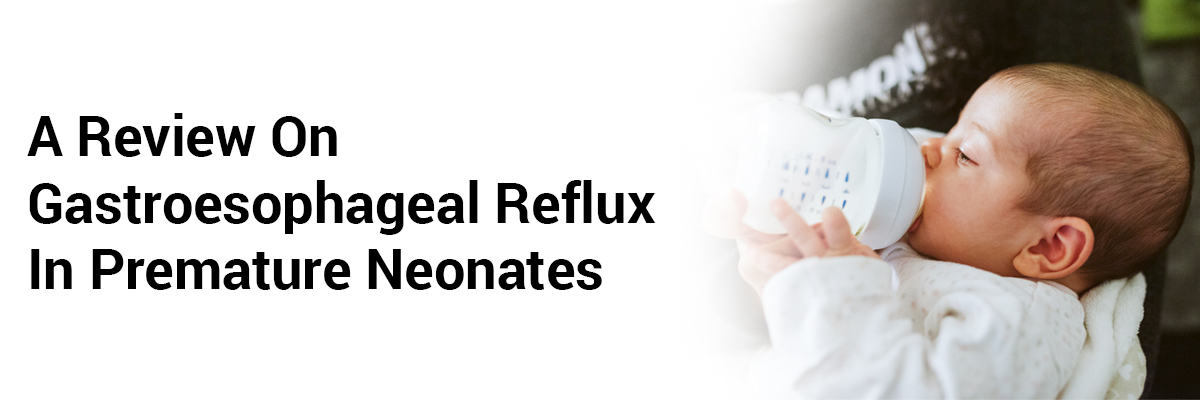
 IJCP Editorial Team
IJCP Editorial Team
A Review On Gastroesophageal Reflux In Premature Neonates
Gastroesophageal reflux disease is a fairly common problem in neonatology. GERD is characterized by the involuntary and intermittent backflow of gastric content into the esophagus and is associated with regurgitation. GERD is one of the major problems faced in the early days of premature birth including apnea, brachydia, thermal regulation, and acquisition of oral feeding skills. GERD is mainly related to Gastroesophageal prematurity factors such as the immaturity of the lower esophageal sphincter (LES), immaturity of digestive motricity, and the delay it causes in gastric emptying. The mechanism of GERDin neonates is transient LES relaxation related to the decrease in esophageal peristalsis and the permanent horizontal position of the infant.
In a study carried out by Dhillon et al at 77 neonatal intensive care units, GERD was found and recorded on the following diagnostic criteria: vomiting, food intolerance, regurgitation (71%), apnea (69%), brachydia (48%), desaturations (31%), discomfort and irritability (15%), low weight gain (6%) breathing difficulty (19%) and cough (9%). An experimental study has shown that the backflow of liquids into the larynx causes overstimulation of chemoreceptors and results in apnea.
The exploration method for GERD is based on the reference value provided by 24h pH meter by detecting acid reflux in the esophagus with a sensitivity of more than 90%. However, it can only identify acidic refluxes. Esophageal impedancementry is another technique based on the identification of variation in esophageal resistance during the movement of the bolus. It candetect swallowing, reflux, and belching movement. It is a very sensitive test whose results can be reproduced. Endoscopy and biopsyof the esophagus can also be used to make an accurate diagnosis but they have their limitations such as endoscopy gives a subjective output whereas biopsy is non-sensitive and non-specific.
The management of GERD includes general preventive steps that decrease the risk of apnea, adequate respiratory support, and the use of caffeine. Also, non-drug measures can be used when the neonate is in the prone position or lateral decubitus. Conclusively, GERD is a physiological and pathological disorder in neonates but without clear signs and treatment methodology. The is a significant need for studies to resolve the problems linked to reflux in premature infants and to strategize a safe therapeutic procedure for treatment.
Ndour D., Pan Afr Med J. 2016 Dec 20;25:243. French. DOI:
10.11604/pamj.2016.25.243.10497. PMID: 28293359

IJCP Editorial Team
Comprising seasoned professionals and experts from the medical field, the IJCP editorial team is dedicated to delivering timely and accurate content and thriving to provide attention-grabbing information for the readers. What sets them apart are their diverse expertise, spanning academia, research, and clinical practice, and their dedication to upholding the highest standards of quality and integrity. With a wealth of experience and a commitment to excellence, the IJCP editorial team strives to provide valuable perspectives, the latest trends, and in-depth analyses across various medical domains, all in a way that keeps you interested and engaged.




















Please login to comment on this article